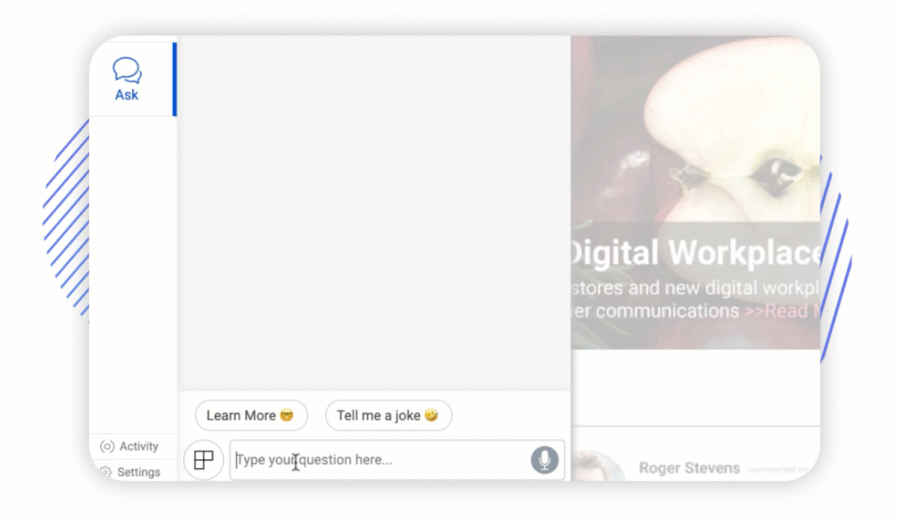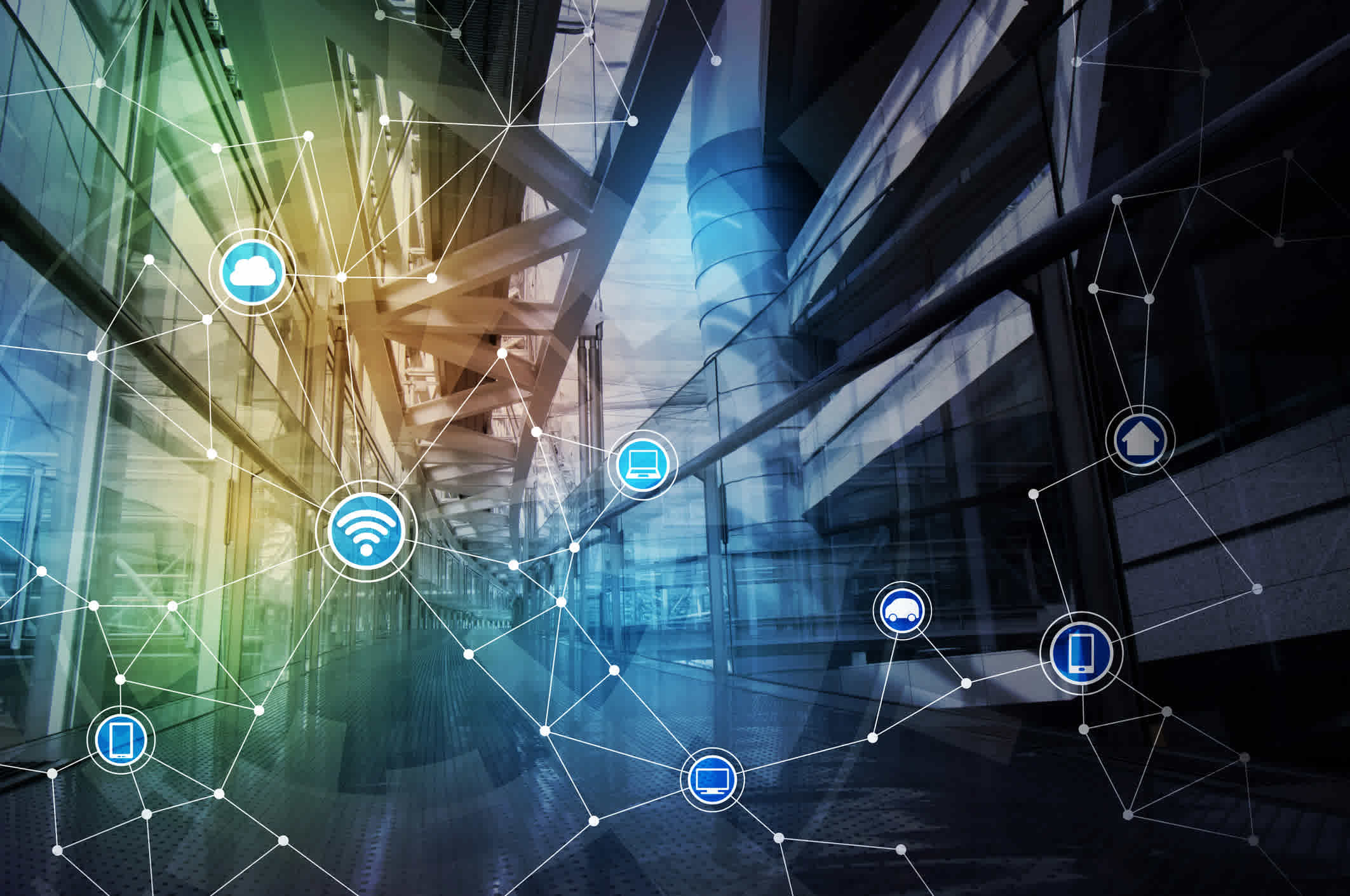An Introduction to the Intelligent Workplace
It's no doubt that technology powering the workplace is undergoing a fundamental shift at an unprecedented rate. The main culprit is the disconnect between the technology and tools we use in our personal lives and the ones we use within the workplace. Employees want a work environment that mirrors the same level of technology they use in their personal lives.
Let's take a step back for a moment and look at where and how the evolution started. I think it really dates back to the 2000's when the early internet was forming and companies started using workplace technology and personal connected computers. During this time, the workplace benefited from the emergence of the intranet, email, productivity tools and applications, file sharing, corporate directories, unified communications, instant messaging, and large monolithic systems.

The use of technology in people's personal lives has had a big impact on expectations of technology at work, driving the need for an intelligent workplace.
With the rise of mobile and social usage peaking during the 2010's, the workplace transitioned to the digital workplace, where cloud applications, BYOD, social intranets, wearables, messaging, and video conference took over. The move to the cloud and the explosion of new productivity and collaboration tools were expected to solve our problems and streamline operations; however, the volume of systems and information has ultimately created more headaches than help for employees.
Today, the information employees need to access and manage is likely distributed across a diverse collection of applications and systems, and this distribution creates all sorts of complexity and confusion for employees. Employees lose valuable time due to the amount of login credentials required, inconsistent user experiences, lack of unified search, and difficulty navigating between applications to get a job done.
The complexity of today's digital workplace is a constant strain on employee productivity, engagement, and business results.
For a large organization, that amounts to hundreds of thousands of dollars lost each week and results in significant communication, productivity, and engagement issues in the workplace.
Technologies that impact the intelligent workplace
Today's employees are digital warriors -- they expect instant access and connectivity to information, people, and workplace tools at the same level of ease they have in their personal lives. Take a look at your mobile device. Do you have apps that you use on a daily basis and couldn't imagine living without despite the fact that they didn't even exist a few years ago?
We love apps because they are:
Productivity enablers -- helping us be more productive throughout our day to accomplish tasks.
Personalized -- understanding who we are, where we are, and our preferences.
Intelligent -- making relevant suggestions based on our prior behaviors and preferences
So it's only natural that we would start to see the same behaviors forming in the workplace. This evolution is driving the digital workplace to a more intelligent workplace, powered by the Internet of Things (IoT), artificial intelligence, and workplace hubs. The intelligent workplace doesn't replace the digital workplace -- it's an evolution to start making better use of all of the data, information, and connections that have been digitized from the digital workplace.
The top technologies and themes we predict that we'll see make up the intelligent workplace include artificial intelligence, intelligent apps, augmented analytics, Internet of things, conversational interfaces and platforms, machine learning, blockchain, and event-driven micro services.
For example, the intelligent workplace will leverage machine learning to understand users' preferences and needs. Just like how Google can alert you to leave five minutes early for work due to traffic (because you leave every day for work at the same time), employees have the opportunity to receive relevant updates, news, and alerts based on their exact moments in the context of their task at hand.

Beyond providing personalized answers to routine questions, chatbots are also an ideal tool for enabling self-service functionality and modernizing help desk services for employees.
Chatbot technology is already dominating the customer experience with positive impacts on customer service, technical support, and pre-sales. With chatbots for the enterprise, employees will have the opportunity to have an around-the-clock assistant to help provide answers, automate tasks, and make suggestions.
The impact of modern technology on the intelligent workplace
These emerging technologies will bring massive potential for forward-thinking enterprises to:
Modernize legacy applications
Eliminate information silos
Reduce cognitive overload
Enhance better decision making
Better understand their employees
Alter the way information is delivered to employees
Drive more efficient and productive ways of working
Improve the employee experience
& much more!
To thrive, organizations must create a work environment that mirrors the seamless level of experiences we have in our personal lives - or they will be at risk of being left behind. Organizations need to find new, innovative ways to harness the power of their workforce to be more productive, efficient, and connected. Main focus areas should center around providing employees an environment to focus on the work that matters, creating an environment that makes them feel engaged, and having things relevant to them -- employees should be able to collaborate, be more productive, and get more work done with greater efficiency.
This is what the intelligent workplace is all about, a way to take all the disparate and siloed applications that commonly don't speak with each other and bring them together into an interconnected and simplified experience using intelligent technologies to understand the needs and preferences of employees to deliver information on a contextual basis.
The intelligent workplace is here. Subscribe to the Workgrid blog to stay up to date on all things related to the intelligent workplace!


